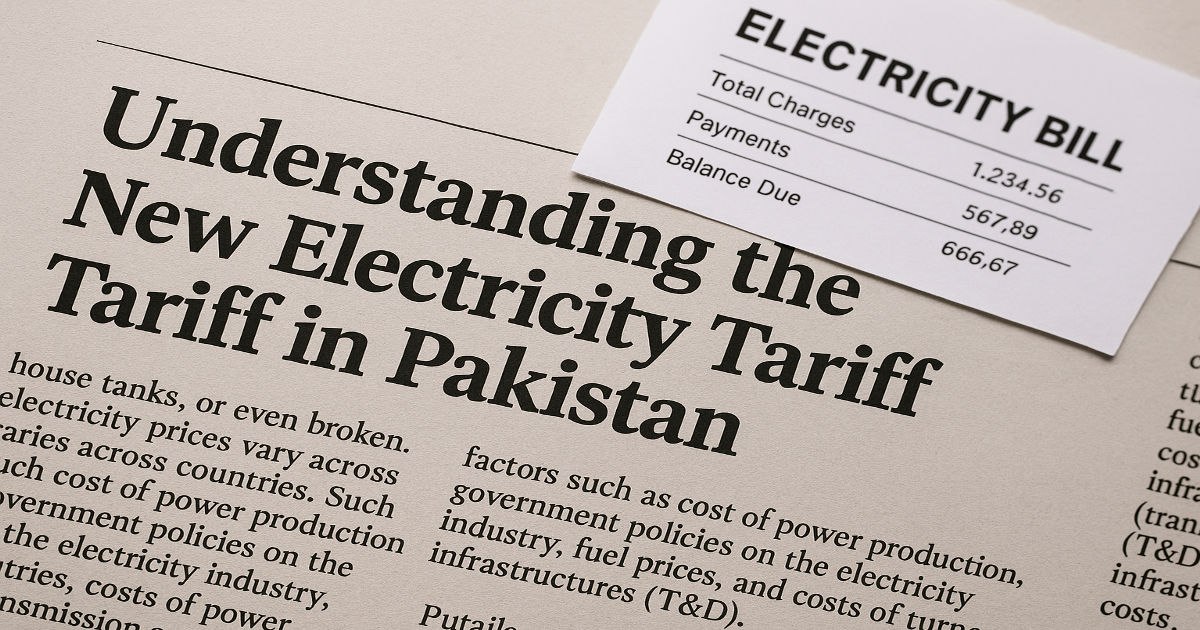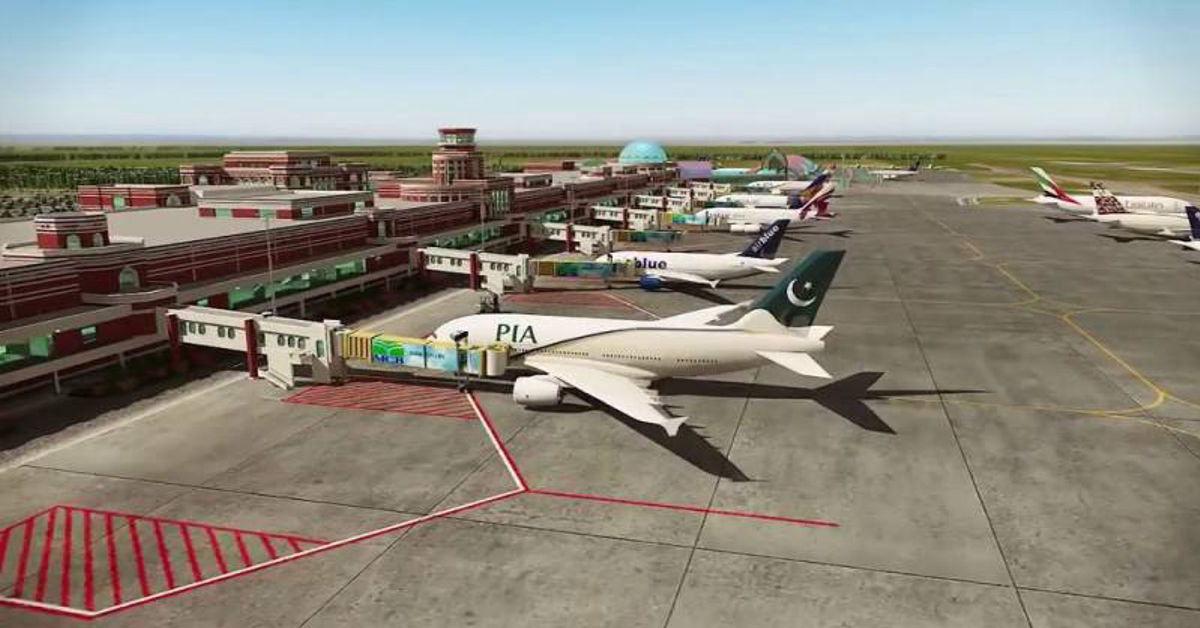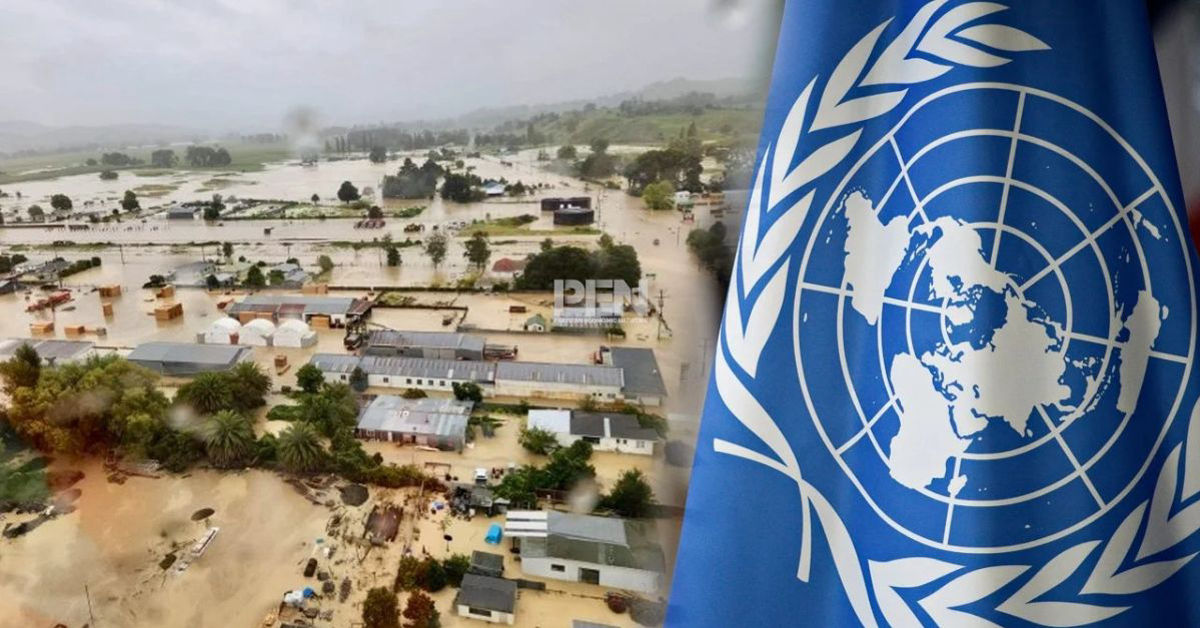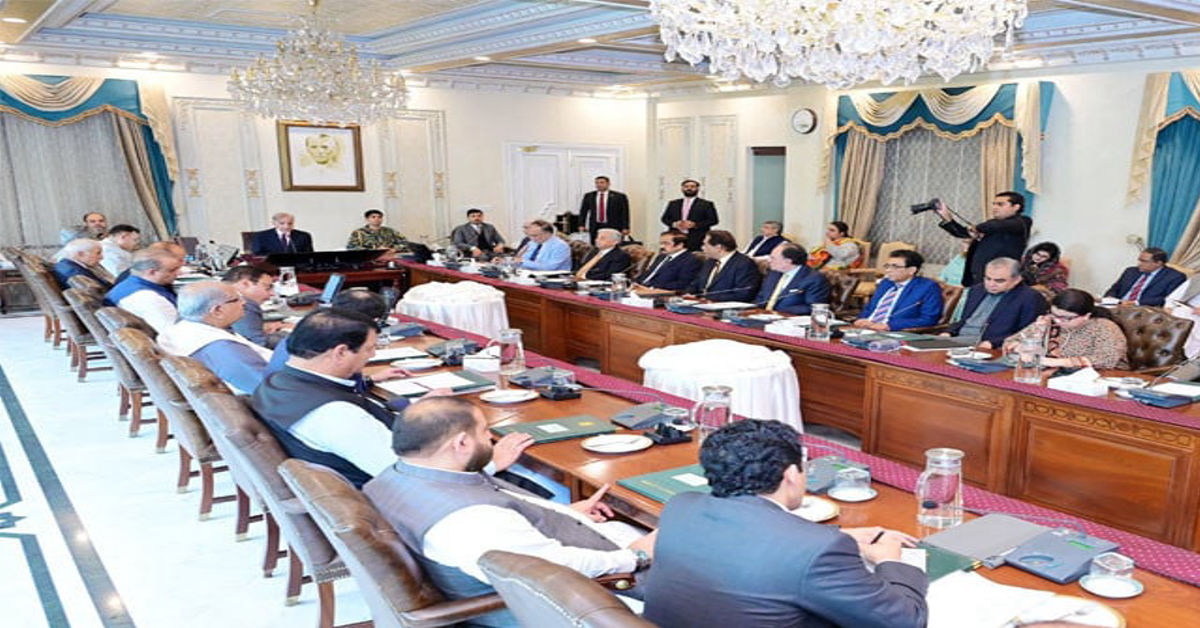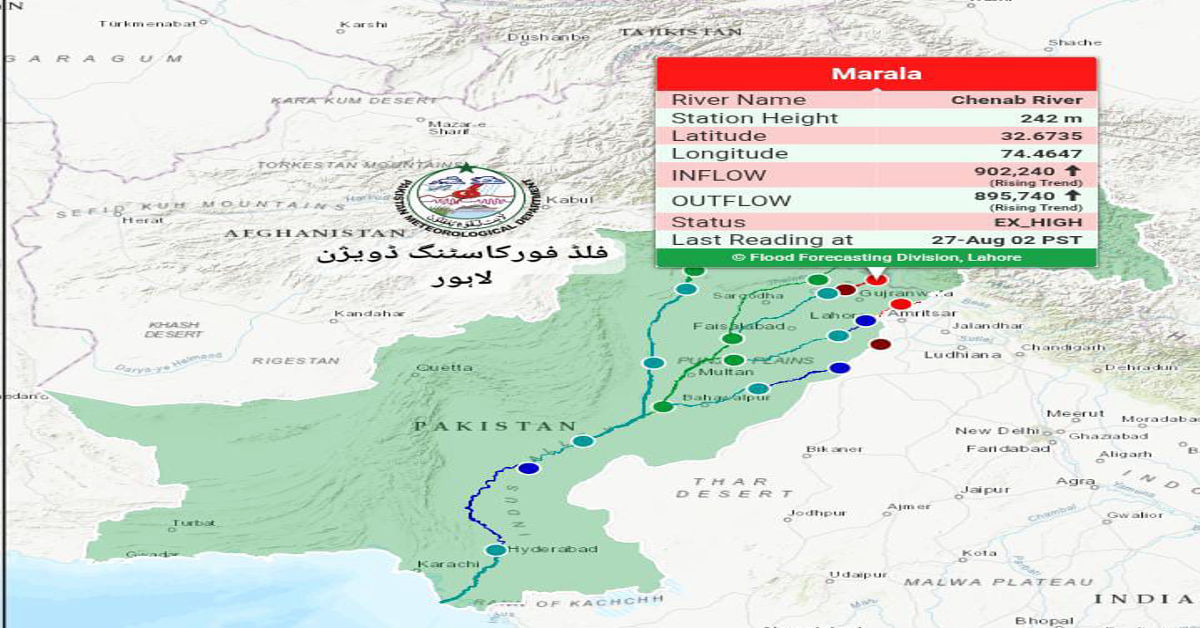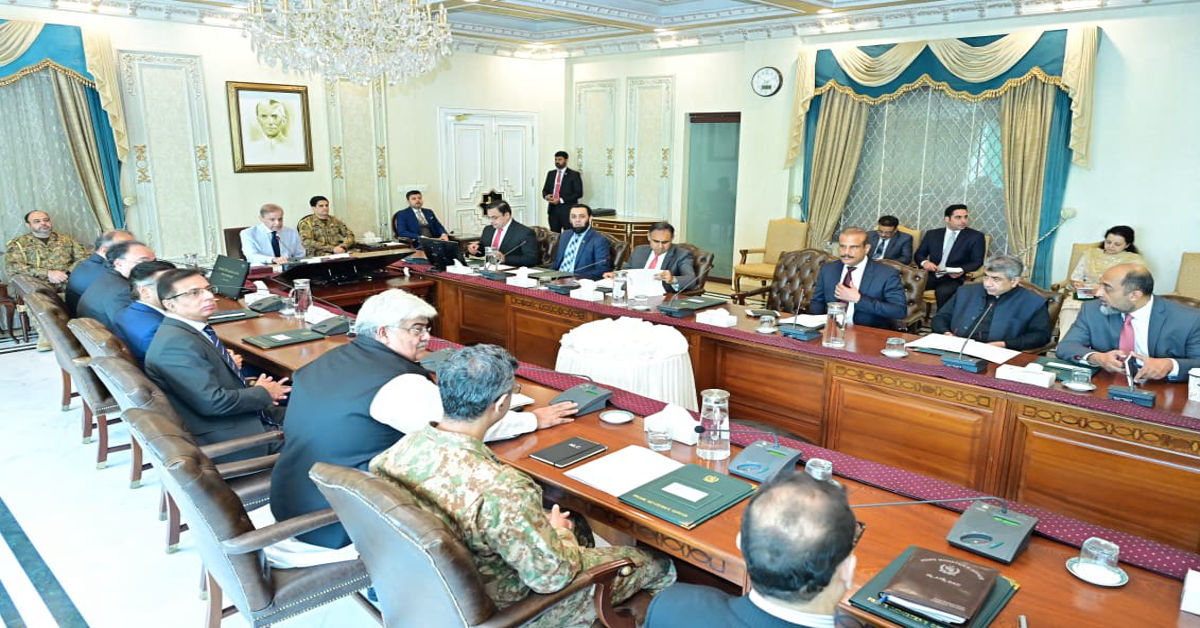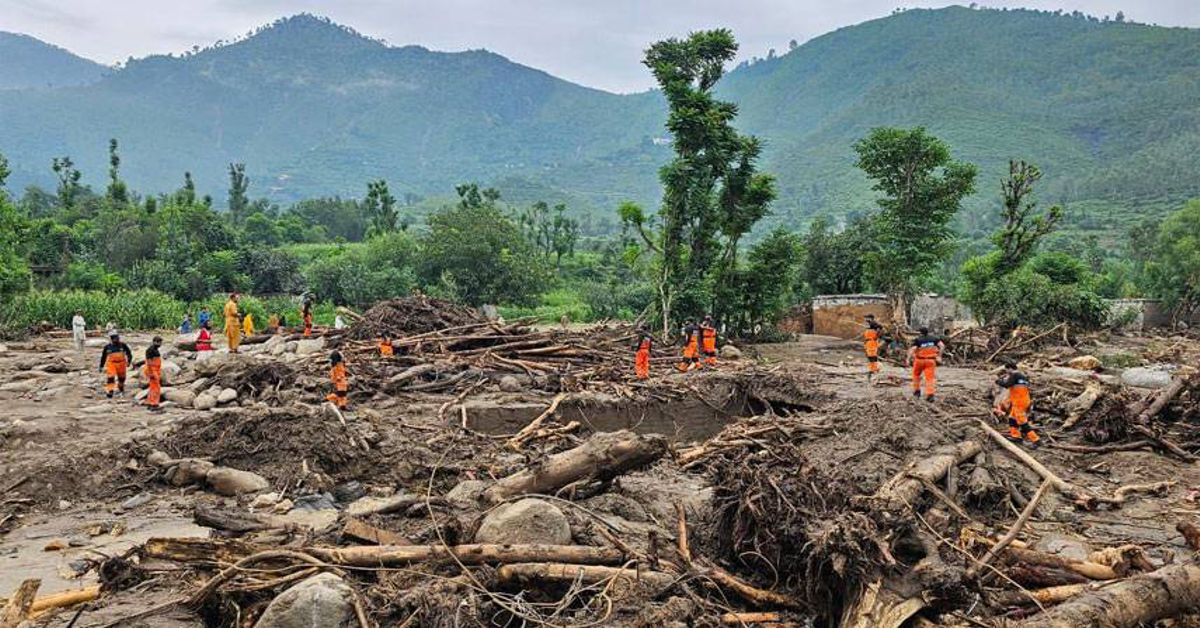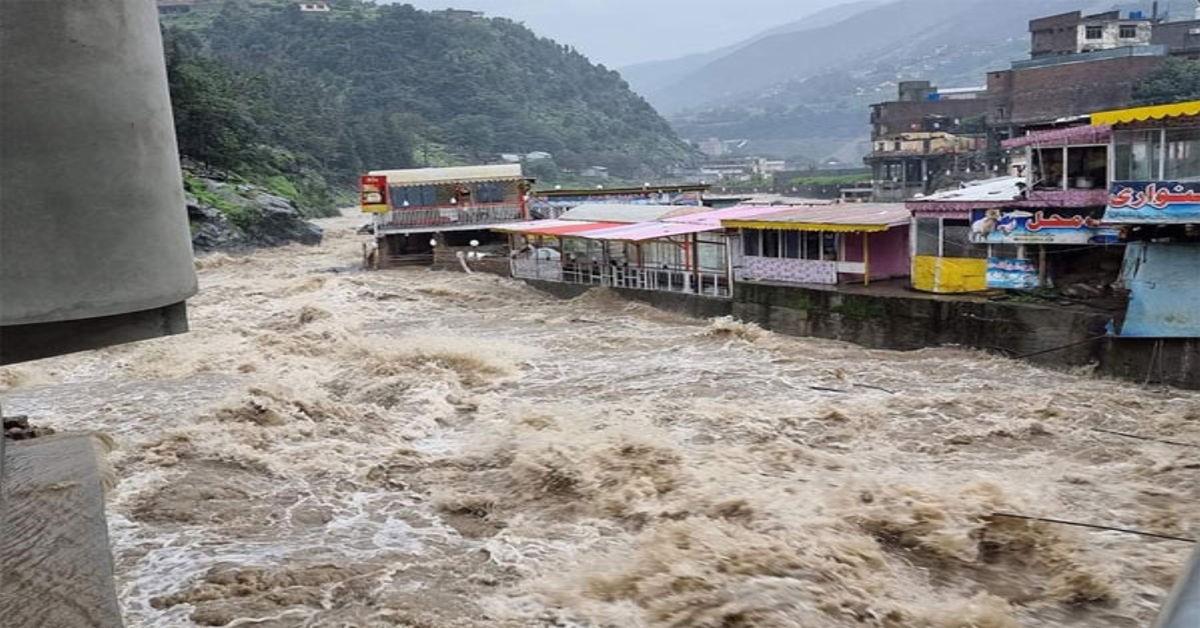
Regional aviation’s big news for the day comes from Pakistan as Pakistan’s Airspace Ban extends, to Indian airlines up to June 24, sparking discussions about which airlines and passengers are affected, side of the bed on which the world should wake up and geopolitical analyses. The move comes amid fresh acrimony between the two neighbor’s, and is another spanner in the works for what are already difficult relations. Indian airlines must now man oeuvre their flights, costing them additional operational expenses, besides oblique possibilities of delays. For travelers, this translates to longer flight times and higher fares. The ban throws a wrench in several crucial routes between India, the Middle East, Europe and Central Asia. While governments and aviation authorities determine whether the aircraft is safe to fly, the rest of the aviation business is bracing for a longer period of turbulence.
Historical background of airspace closures
While not a new phenomenon, the banning of airspace between India and Pakistan isn’t often seen. Previous closures, which followed incidents such as the Pulwama attack in February 2019, in which both countries shut their airspaces. These limitations went on for months and played a major role in the international schedule. It is an airspace that is so important, positioned as it is between two countries, with very important flight corridors. When sealed, airlines must use longer alternative routes, frequently over Iran or Central Asia. Gaps of this sort contribute to longer flight, higher fuel, and more crew time. The latest decision is the latest example of air power serving as a strategic instrument during a conflict.
Pakistan’s Airspace Ban Airline Operations Disrupted
The aviation sector has immediately felt the implications of the news that Ban on airspace for Indian Airlines in Pakistan till June 24. Flights from northern India to the Gulf and Europe have suddenly been re-routed on alternative routes, which sometimes bring discomfiting delays amounting up to 90 minutes. This has an impact on airlines scheduling, turnaround-time and costs. Indian carriers including Air India, Indi Go and Vistara have also released alerts and are moving to scale down their operations. Passengers are seeing higher fares and longer layovers. At the same time, cargo flights too are being delayed and hit trade and logistics between India to its global partners.
Experience of Travel and Passenger Concerns
Pakistan’s Airspace Ban is crucial For travelers, the blank spot in the air means more than the extra hours it will take to travel. Missed flights connecting flights, exacerbated jet lag plans upended. Travelers booking summer vacations, business trips and religious pilgrimages have already been expressing fears of cancellations and delays. Airlines are warning travelers to check on the status of their flights frequently and to assume that their flight will change. Meanwhile, travelers could find themselves paying more for tickets as airlines pass along the higher costs of rerouted flights. Safety is paramount, but it is causing stress for passengers and travel operators as the situation remains ‘unknown.’
Diplomatic Ripple Effects
This is not just an aviation matter it is a broader diplomatic challenge. The maneuver reflects toughening stand by Pakistan amidst ongoing political tensions. It also curbs the possibilities for cross-border people-to-people contact, many a time on air lines. Diplomacy among regional countries tends to be painted in small, symbolic acts, and closing off airspace is symbolic and harmful. India has till now desisted from taking any such retaliatory action, perhaps in a bid to not blow this up. Yet ongoing restrictions could prompt more aggressive diplomatic pushback. The international community, including some countries with strong ties to both, is closely monitoring the situation.
Economic Implications of the Pakistan’s Airspace Ban
Apart from the aviation, Pakistan’s decision not to allow Indian airlines through its airspace until June 24 has some very strong report with economic repercussions. Expensive fuel and long travel times can add to the cost for airlines, cutting into profit margins or raising prices for travelers. And cargo and business travel delays can influence trading relationships, especially in fast-paced industries such as pharmaceuticals and technology. Indian exporters that were used to fast shipments to the Middle East or Europe are having to rethink logistics. This ban is also a reminder of the wider dangers that companies are exposed to when geopolitical tensions interfere with commercial operations.
Regional Integration Is Stretched at the Seams
Connectivity in South Asia, where it is relatively poorly integrated compared to other regions, takes another hit with those constraints. Prompt air travel is essential for business, learning, vacationing and diplomacy. Even as India and Pakistan forfeit opportunities for cooperation by closing their skies to each other. It becomes more difficult to arrange regional summits, sports tournaments and academic exchanges. International flyers making use of Indian airports for transit too will be on the lookout for other options. Pakistan’s Airspace Ban reflects that open skies and conducive regimes are vital for the region to develop corporately. Repeated closings thwart efforts to foster trust and economic relationships.
Global Aviation Lessons
Notably, the reverberations of this closure are being felt far beyond South Asia. Airlines and aviation bodies around the world are monitoring the situation as an example of how politics can affect air navigation. The International Civil Aviation Organization (ICAO) may have a say if the situation continues, or deteriorates. And the lessons that emerge from such incidents often help shape crisis planning, route planning and risk assessments for international carriers. And it underscores the necessity of multilateral aviation pacts that can insulate against sudden geopolitical jolts. For airlines whose business is global, they will want to remain flexible and adaptable to unpredictability.
Future Prospects for Resolution
Travelers, airlines and policy analysts are all hoping for the Pakistan’s Airspace Ban to be lifted by, if not before, June 24. There may be some secret, behind-the-scenes diplomacy going on to disaggregate the source of this decision. For now, risk management is as important as it ever was. Indian airlines are reconfiguring routes, updating contingency protocols and enhancing communication with passengers. For now, civil aviation authorities from both countries could be busy with back-channels to help resume normalcy. When the day arrives, clarity will be essential to keep shocking change at bay. Until that time the world of aviation will continue to watch every move with an apprehensive optimism.
Conclusion
And finally, the ruling that Pakistan’s airspace to be banned for Indian airlines till June 24 is an example of how geopolitical issues impact services such as those involving civil aviation sector. Air is supposed to be a neutral space one that connects, not divides. As we approach June 24, all sides, governmental and corporate, should emphasize dialogue and lower the temperature. Only then will the skies between really be open again, opening the road to peaceful coexistence and regional collaboration.


